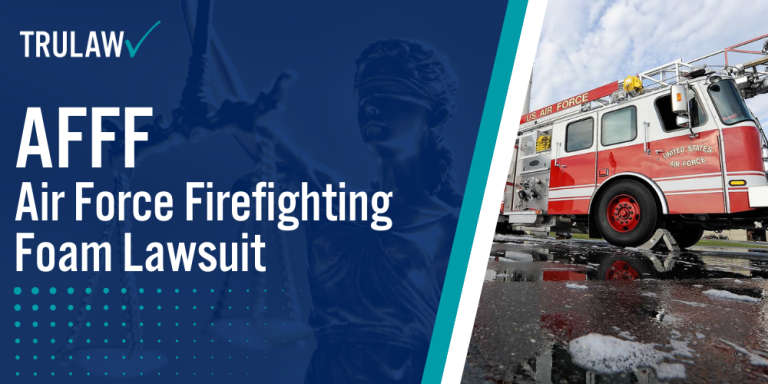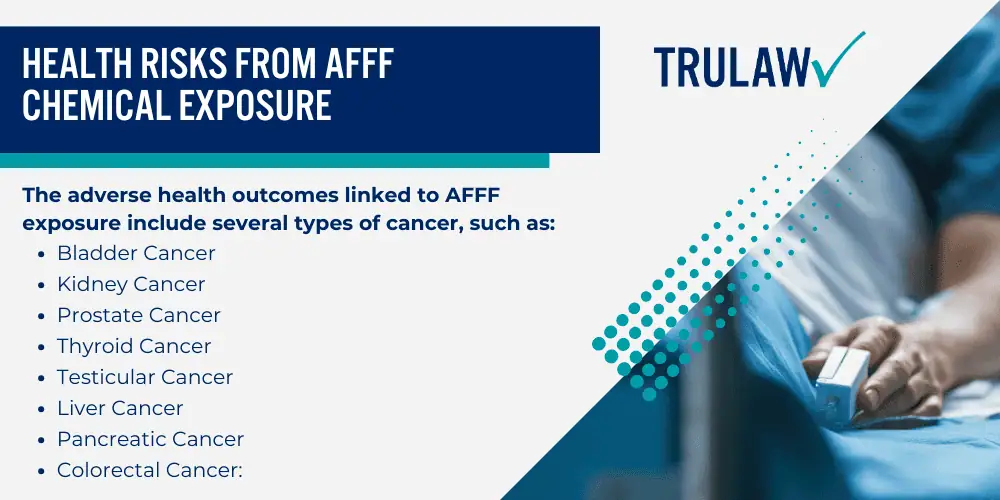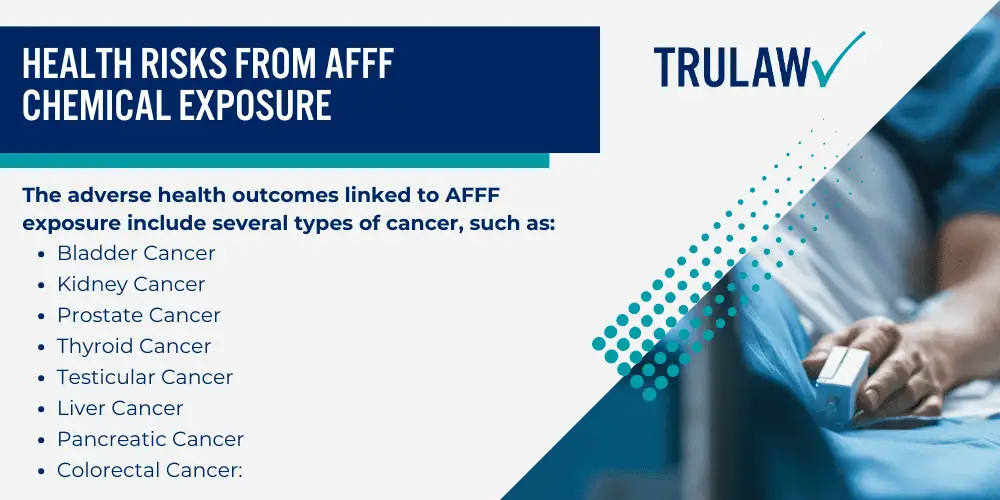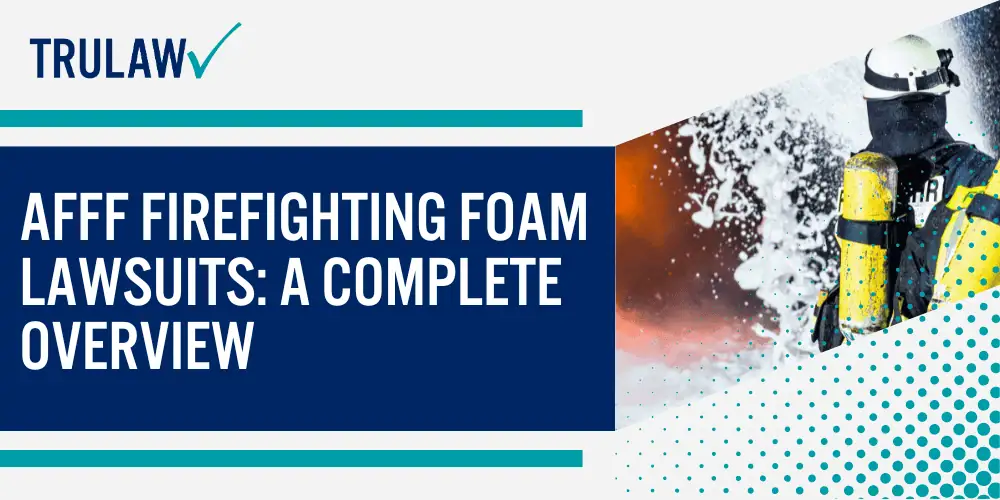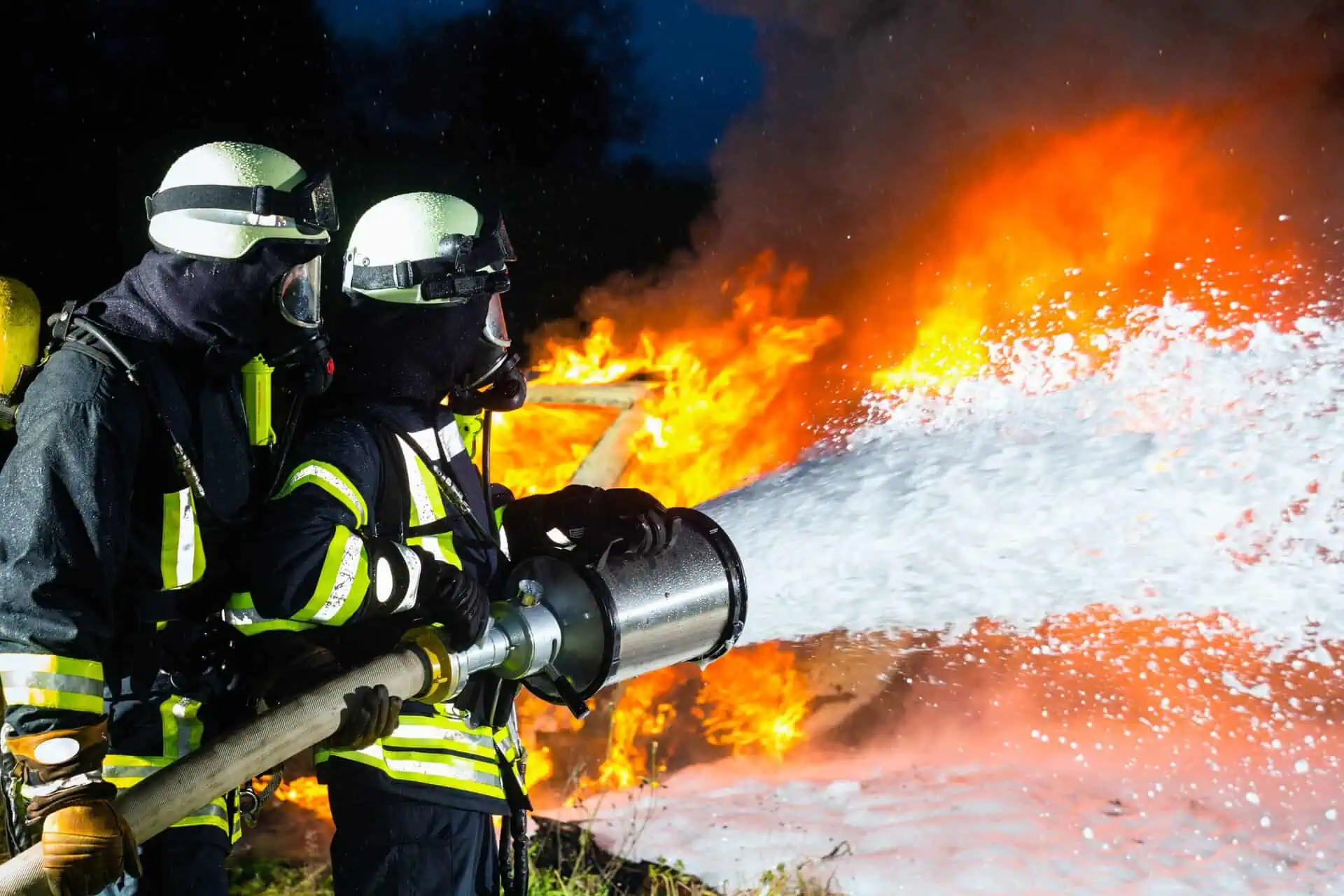Aqueous film-forming foam (AFFF) was developed as a highly effective solution for extinguishing flammable liquid fires.
Its unique chemical properties allowed it to quickly suppress flames and prevent re-ignition by creating a protective barrier.
In collaboration with 3M, the U.S. Military began developing AFFF in the 1960s.
Following the tragic fire aboard the USS Forrestal in 1967, which claimed the lives of 134 sailors, the Navy made it mandatory for all vessels to carry AFFF firefighting foam.
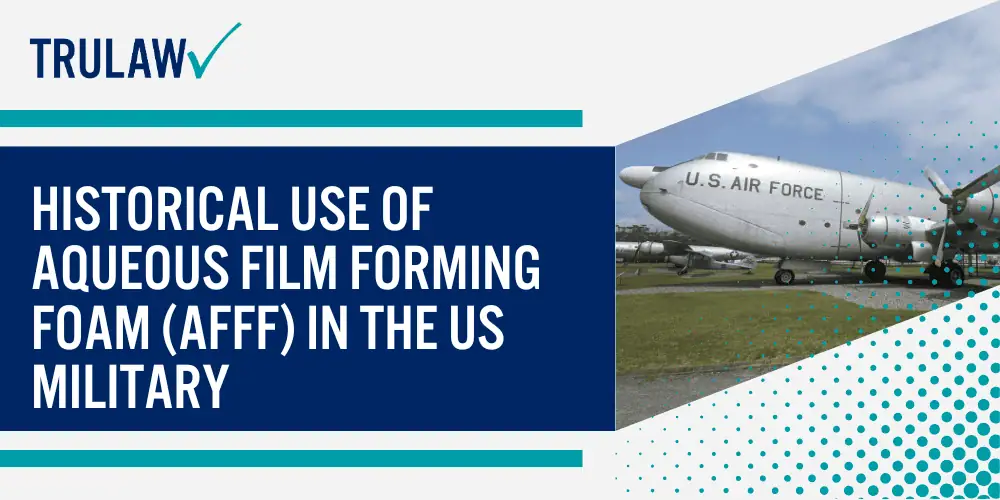
This marked the beginning of widespread use of AFFF across various military branches, including the Air Force.
Over the decades, AFFF became a major tool used at military bases, airfields, aircraft carriers, and other facilities to combat flammable liquid fires.
AFFF’s Role in Combating Flammable Liquid Fires on Military Bases
Military installations, especially those involving aviation fuels and hazardous liquids, required a powerful firefighting solution.
AFFF was integral to fire safety strategies across Air Force bases and other military environments, due to its ability to suppress fires quickly and prevent them from reigniting.
From training exercises to real-life emergencies, AFFF was regularly deployed to prevent catastrophic fires and protect both personnel and property.
Extensive Use of AFFF by the U.S. Air Force
In the 1970s, AFFF became an integral part of firefighting protocols in the U.S. Air Force, used in various situations ranging from emergency responses on airfields to routine fire safety drills.
Firefighters and other military personnel were frequently exposed to the foam during daily operations.
However, the properties enabling AFFF’s effectiveness are also responsible for the growing list of health issues linked to long-term AFFF exposure.
From spills and accidents to regular handling and disposal, the risk of exposure to toxic PFAS chemicals is an ongoing issue for military personnel.
These health risks have led to numerous lawsuits from former service members, highlighting the need for greater awareness and legal action surrounding AFFF use in the military.
